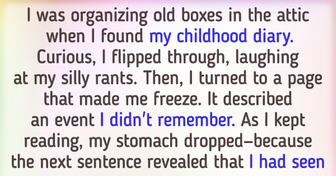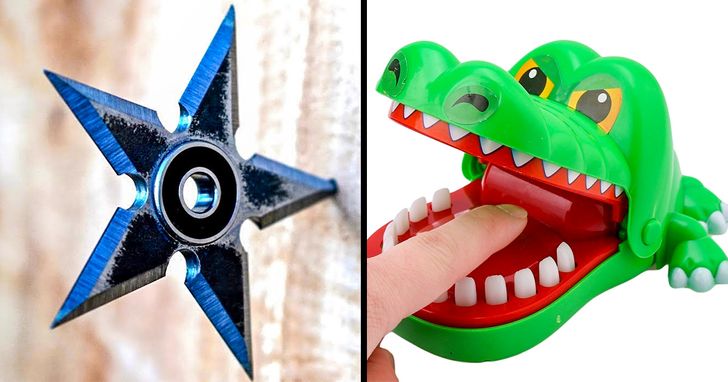All points noted! Thanks Bright Side!
14 Ordinary Things at Home That Can Harm Your Child
Every day, millions of children get injuries caused by falling, poisoning, and burning. And it often happens right at home because no matter how much parents try to make their home a safe place, it’s really hard to take everything into account. Besides, it’s hard to recognize a threat in something that has been around for many years.
Especially for worried parents, Bright Side has made a list of the most popular threats to children that are not necessarily obvious but very real. And the most important thing to remember is that it’s easy to get rid of them!
1. Potted plants
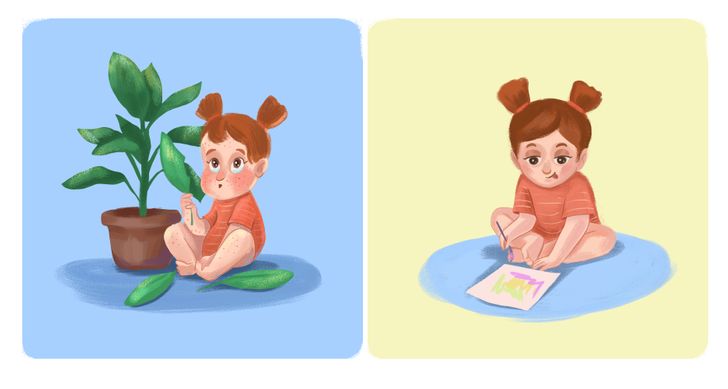
Potted plants are usually easily accessible to children, so there is nothing that can stop them from tasting a plant. Unfortunately, the consequences can be quite sad. For example, an azalea can cause toxic shock, and dieffenbachia that is often kept at home can lead to the throat swelling shut when ingested. In order to prevent this from happening, you should get rid of all potentially dangerous plants.
2. Socket covers
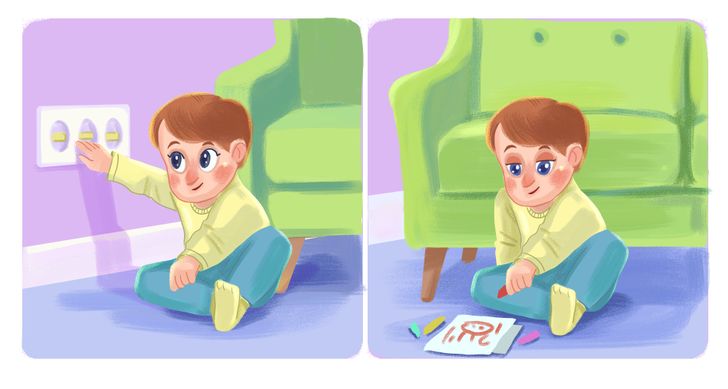
Socket covers are not a new concept. The thing is, it’s not very hard to remove regular socket covers and they attract a lot of attention. So, others choose more advanced covers, or block all the sockets with furniture — this is way safer.
3. Cushions and sides
Cushions and sides of the bed are really dangerous: when moving in their sleep, babies can suffocate in them. Believe it or not, children often get injured because they get caught up in decoration. In order to avoid this, the only thing that should be present on the bed is a mattress.
4. A slippery bathtub
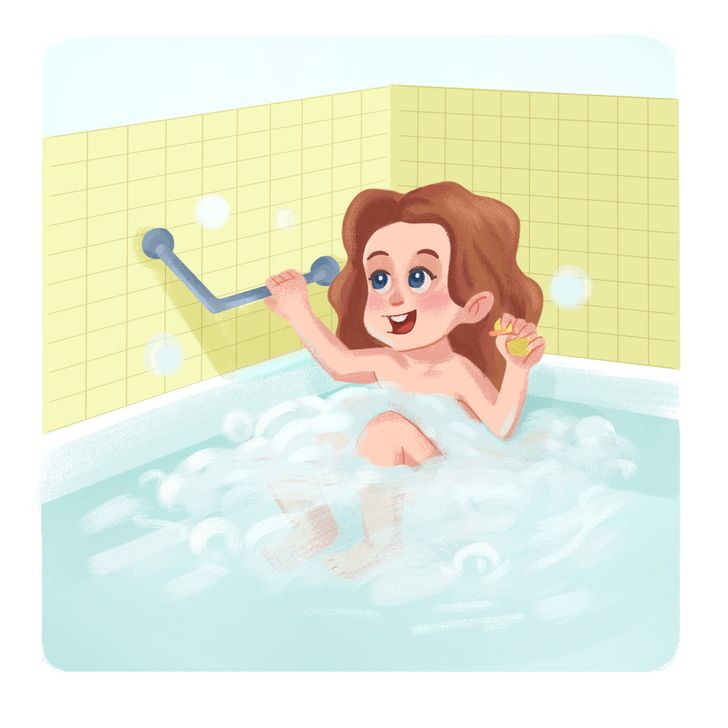
Slipping in a bathtub can cause serious injuries and children often drown if they are left alone in the bathroom. Put a rubber mat on the bathroom floor which will decrease the probability of slipping. Put a cover on the tap to minimize the damage from a possible hit and set a handrail on the wall — they can help a 3 or 4-year-old child get out of the water.
5. Hiding places
It’s quite possible that if a child hides in a chest with a heavy cover or in a narrow closet full of boxes, they won’t be able to get out by themselves and will become very scared. Keep such places locked so that wherever a child goes, you’ll be able to find them.
6. Trash cans
Trash, just like anything else that is bright in color, attracts children’s attention. In order to prevent a child from taking something poisonous from the trash can (like bad candy or a detergent bottle), cover the can with a lid and hide it — even if it’s just under the kitchen sink.
7. Railings
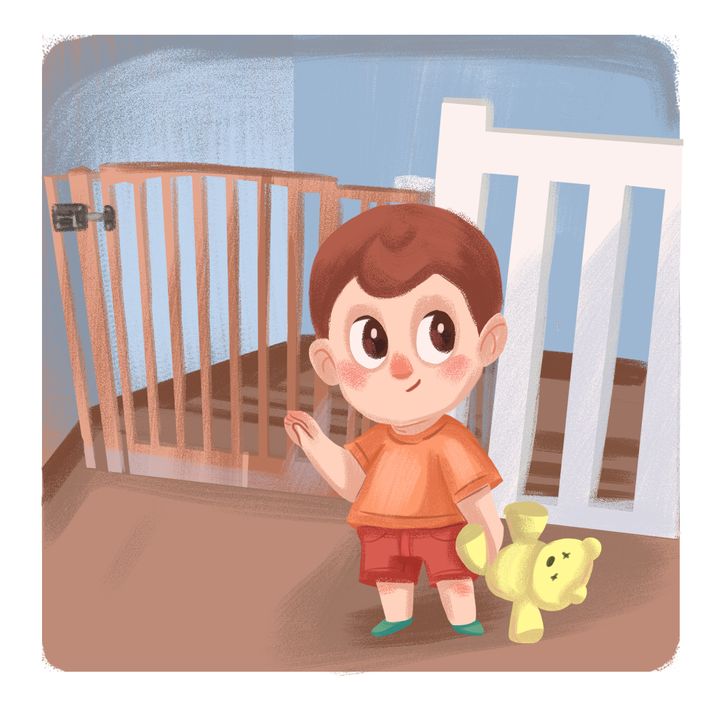
If a child is old enough to go up and down stairs by themselves, and you are scared that they will fall through the railing, try putting a fishing net between them that will prevent a child from falling. And don’t forget about using a baby gate — these doors won’t let small children access the stairs.
8. Wires
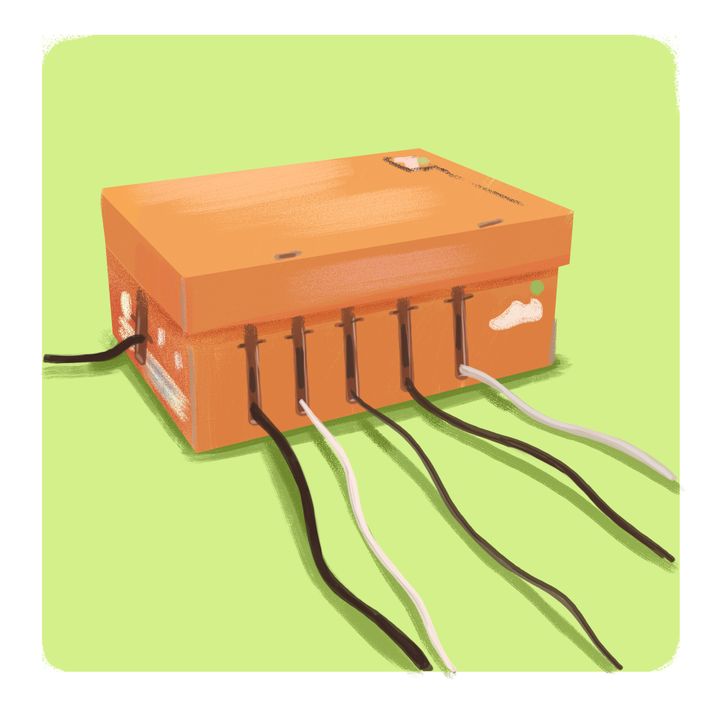
It is impossible to stop using electronic devices nowadays. But it is possible to hide the wires. Hide an extension wire in a shoe box (you can make one yourself). Attach some of the wires under the table top and on the walls. Another way to hide them is to use duct tape to put the wires right onto the floor.
9. Slippery floors
Slippery floors and holes in the carpet can cause a dangerous fall for a child who runs around the house. If you are scared of this happening, fix the carpet or remove it completely. Put a special mixture on the floor (it will take you just about 10-15 minutes) to make it less slippery. Don’t forget about putting a rubber mat in the bathroom.
10. Drawers
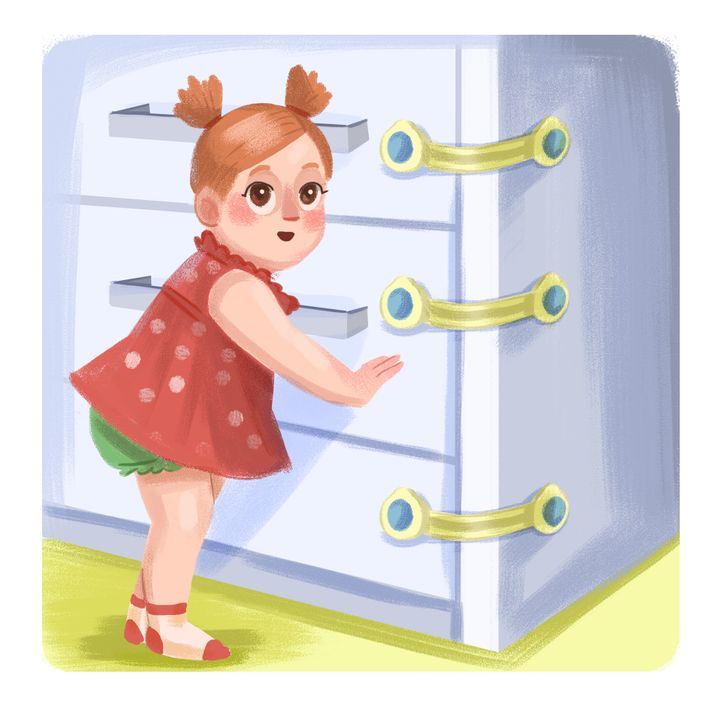
In order to prevent a child from getting inside a cabinet or dropping a heavy drawer on themselves, there are special locks you can use. Magnetic locks, cord locks, sliding locks, spring release locks, and other options will protect your child from a possible injury and protect your valuable things from them.
11. Pets
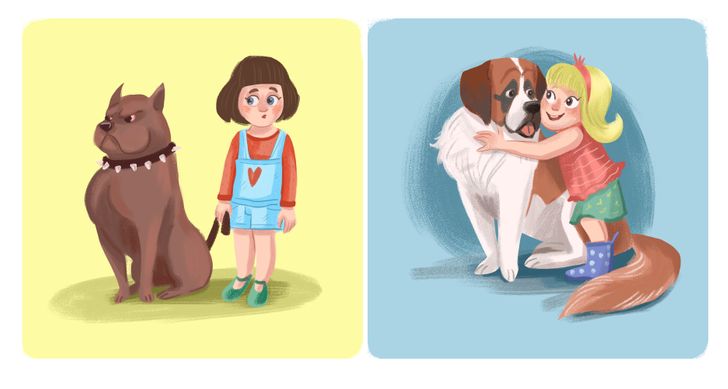
Even the friendliest animals can be a threat to your children, so your animals should be checked by a vet, vaccinated, and taught good behavior. You should be really careful when choosing an animal friend: get dogs and cats of “family” breeds. Make sure the child never touches the animal’s food or gets inside the animal’s house. Teach your children to respect the pets so they won’t be aggressive back to them.
12. Plastic bags
Sometimes, parents forget about hiding regular plastic bags from their children. Since these bags are noisy, they can be interesting to kids and they may put them on their head or chew them. But they can suffocate from doing so. Keep plastic bags in a place where a child can’t get to them.
13. Gas stoves and sinks
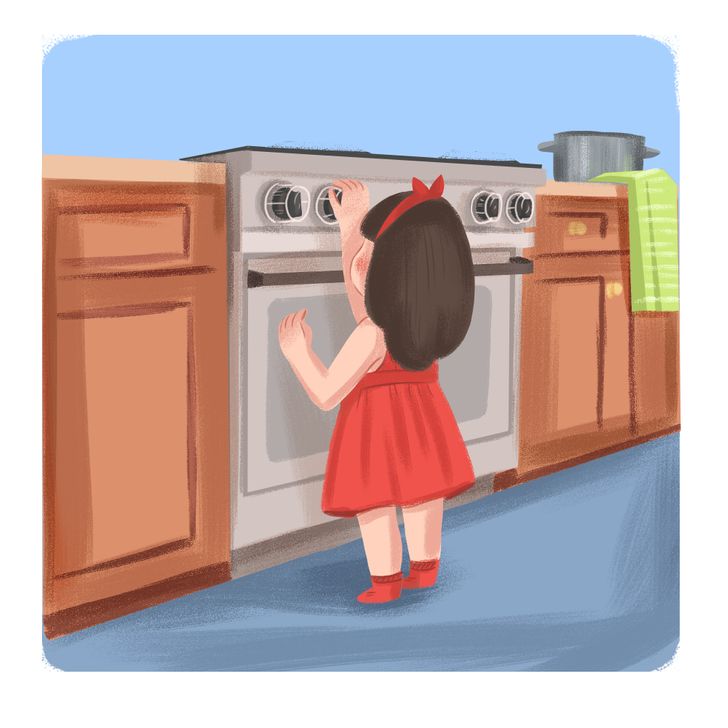
In order to prevent a child from playing with a gas stove, get special stove knob covers that won’t let your child release gas into the house. And if you set a thermoregulating water faucet, your child won’t be able to get burned.
14. Decorations
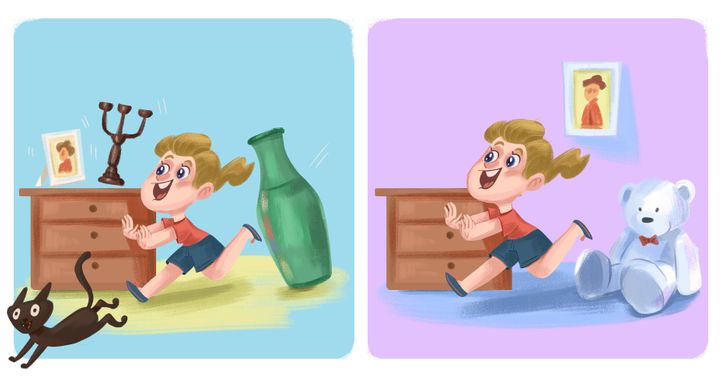
Heavy vases, statues, and frames can fall on a child and artificial fruit, and scented candles are often eaten. In order to prevent this from happening, make sure there is nothing in the home that can be eaten or that can fall. For example, replace statues with soft toys.
Bonus: buy safe toys.
As much fun as toys can be, they can also be quite dangerous. For example, fidget spinners are easily broken, and small children can choke on the small parts. Also, spinners create a light breeze, so kids often keep them near their faces which can lead to a cracked tooth. So, make sure you consider all the possible dangers when choosing toys for your children.
Remember: even though there are a lot of different ways to prevent a child from getting injured, it’s just as important to teach them safety as well as hiding sharp objects. What do you do to make sure your children are safe?
Comments
Related Reads
My Husband Refuses to Get a Nice Graduation Gift for My Daughter
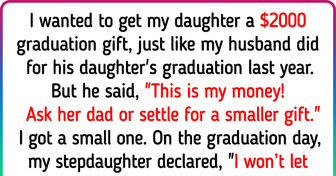
15+ Stories That Prove Moms’ Love Tank Never Runs Empty
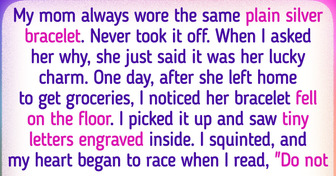
My Boyfriend Proposed to Me But Later Changed His Mind
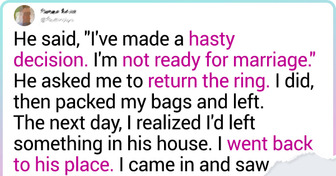
My Sister Lives in Luxury While I'm Struggling to Survive — She Refuses to Help

10 Shocking Secrets That Made People Rethink Their Entire Lives
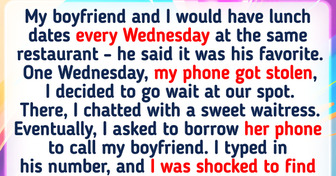
My Fiancé Wants a Joint Account, but I Don’t Want to Lose Control Over My Money
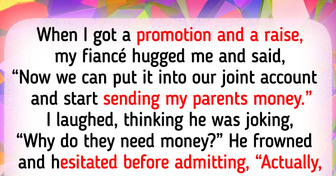
14 Stories From Women Who Had an Unexpected Twist in Their Life

15+ True Life Stories With an Unexpected Finale That Deserve a Movie
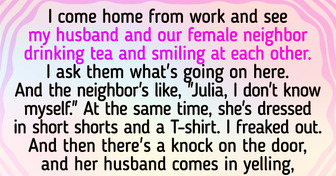
My Ex-Husband Spent the Money Saved for Our Son on His Stepdaughter
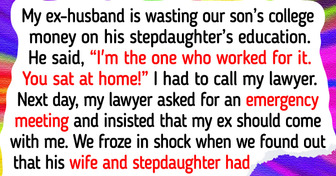
12 Terrifying Moments Where Reality Turned Into a Nightmare
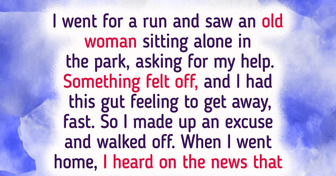
I’m Refusing to Allow My Daughter’s Biological Mom to Meet Her
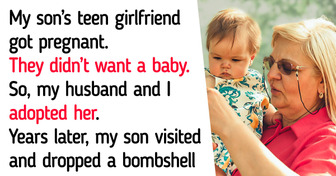
I Found My Childhood Diary. It Revealed a Family Secret I Was Never Meant to Know
